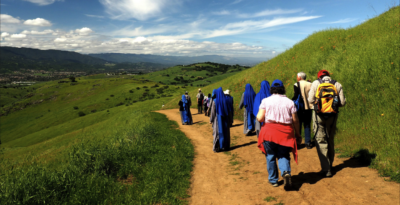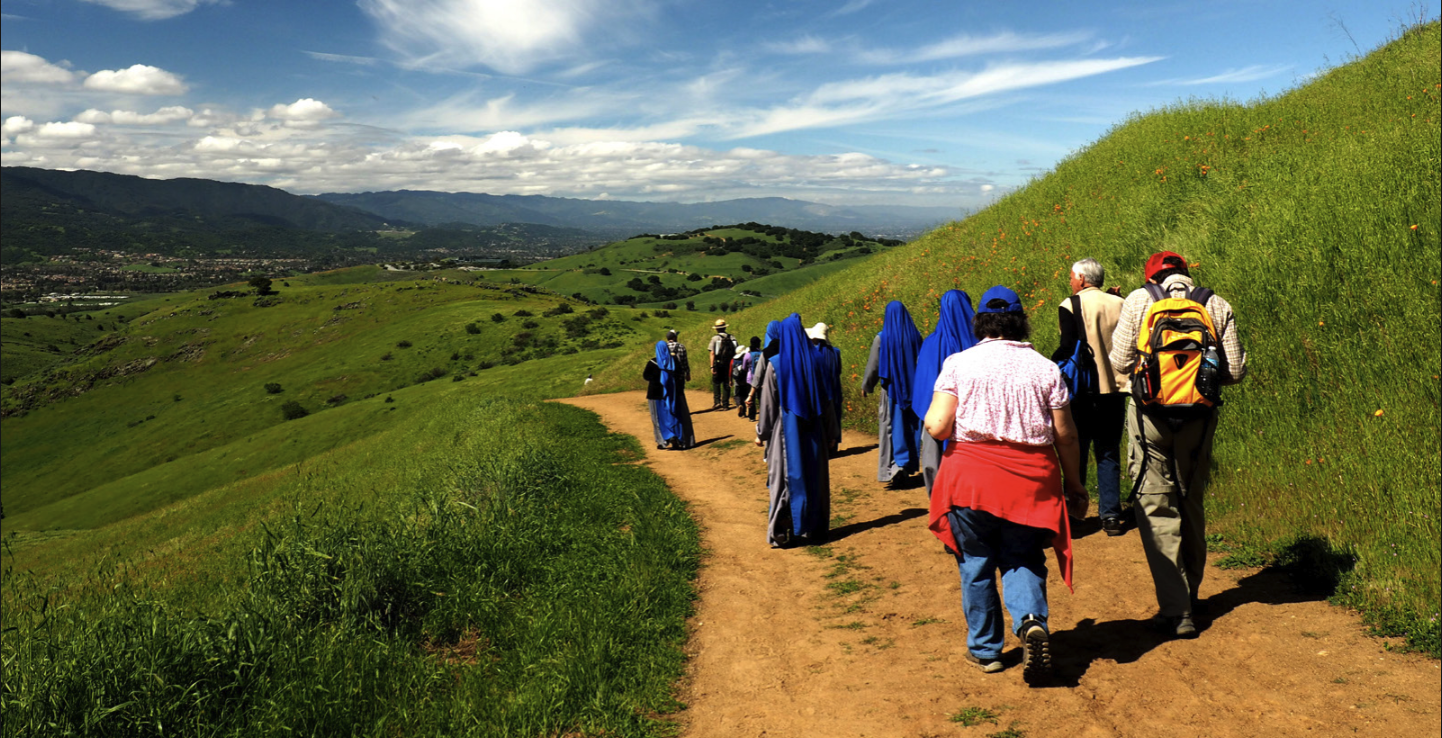
The Juan Bautista de Anza National Historic Trail (NHT) commemorates and interprets the 1775-1776 route of the Anza colonizing expedition from Sonora, Mexico, to San Francisco. Anza led over 240 colonists, including soldiers, their families, indigenous guides, and workers of mixed heritage. This historic trail connects Mexico to San Francisco and the 18th century to today.
The Anza Trail explores Spanish colonization’s three elements: presidios (military forts), missions (religious centers), and pueblos (civilian towns), highlighting their historical impact. On June 27, 1776, the expedition reached what is now San Francisco, forming alliances with tribes but also contributing to their disruption. Today, tribal communities like the Quechan, Ohlone, O’odham, and Tongva, along with Californio descendants, celebrate their heritage along the 1,200-mile trail.
The trail offers adventure, diverse cultural perspectives, and multiple narratives, linking the past with the present. Managed by the National Park Service (NPS) in partnership with various entities, the Anza Trail includes marked routes and developed segments for walking, hiking, horse riding, and bicycling. Working with volunteer groups, trail managers strive to develop, maintain, and steward the trail for future generations.

